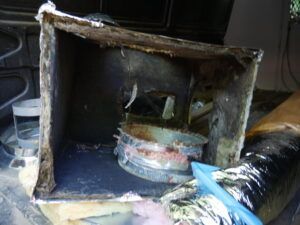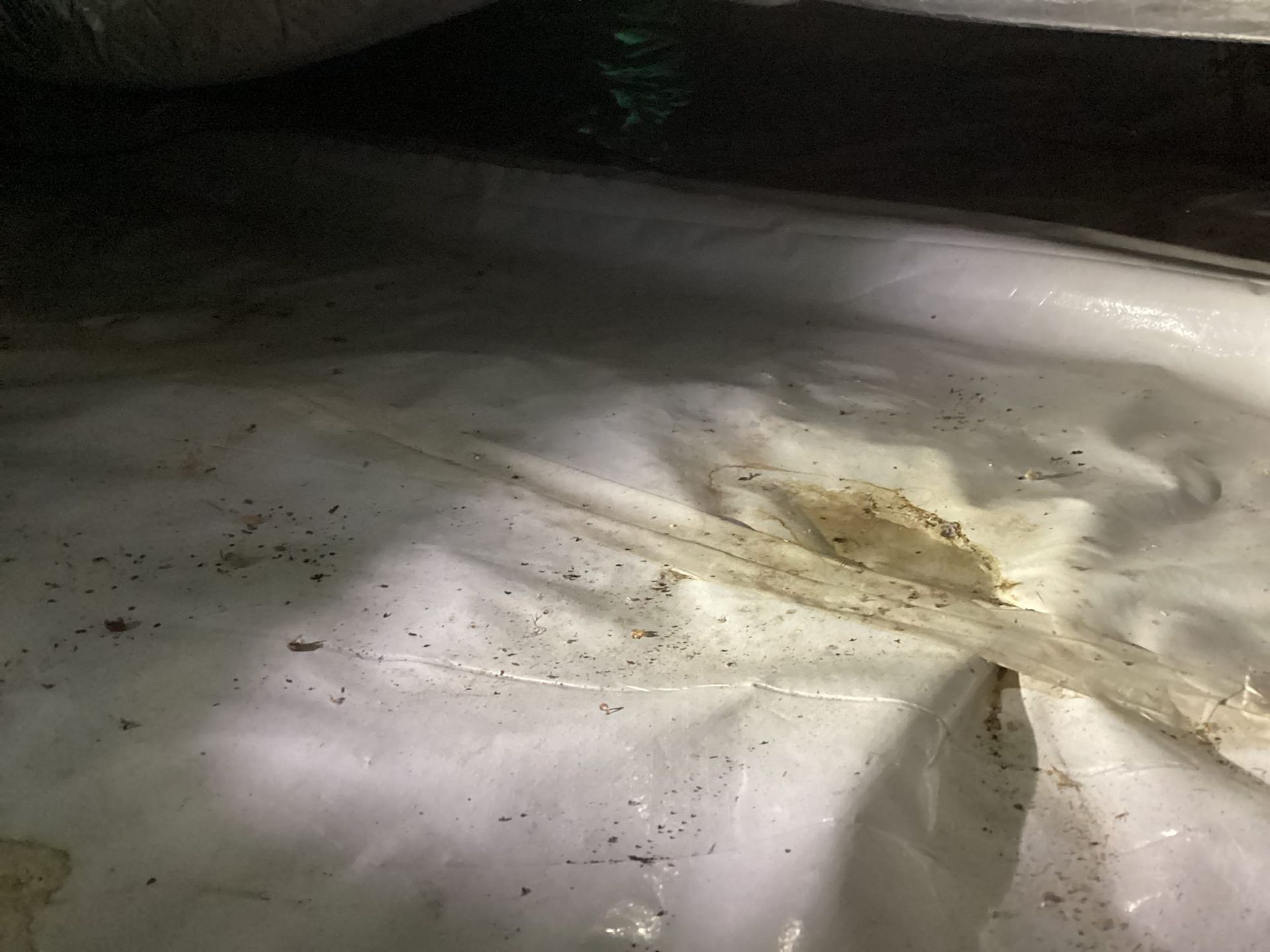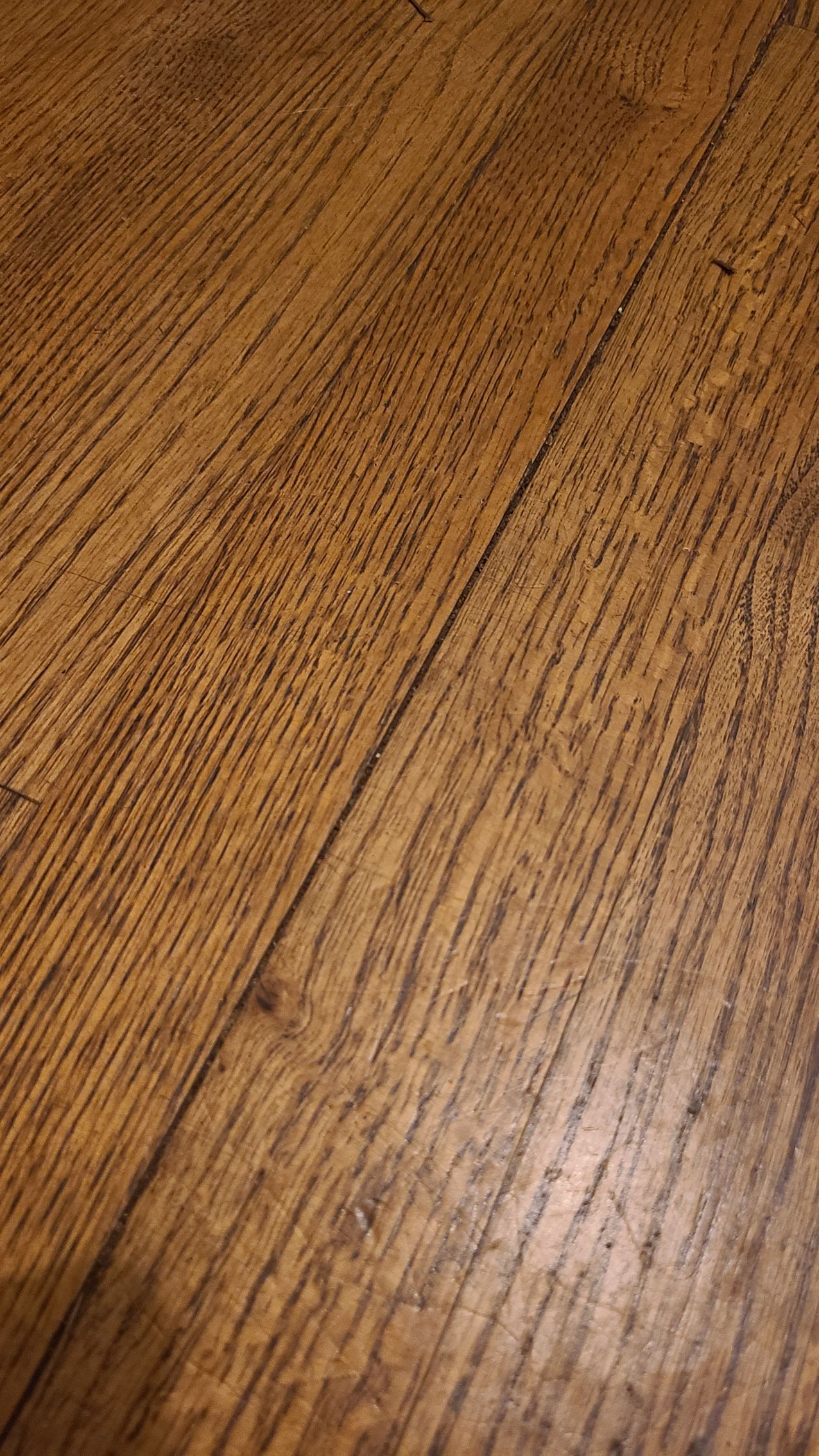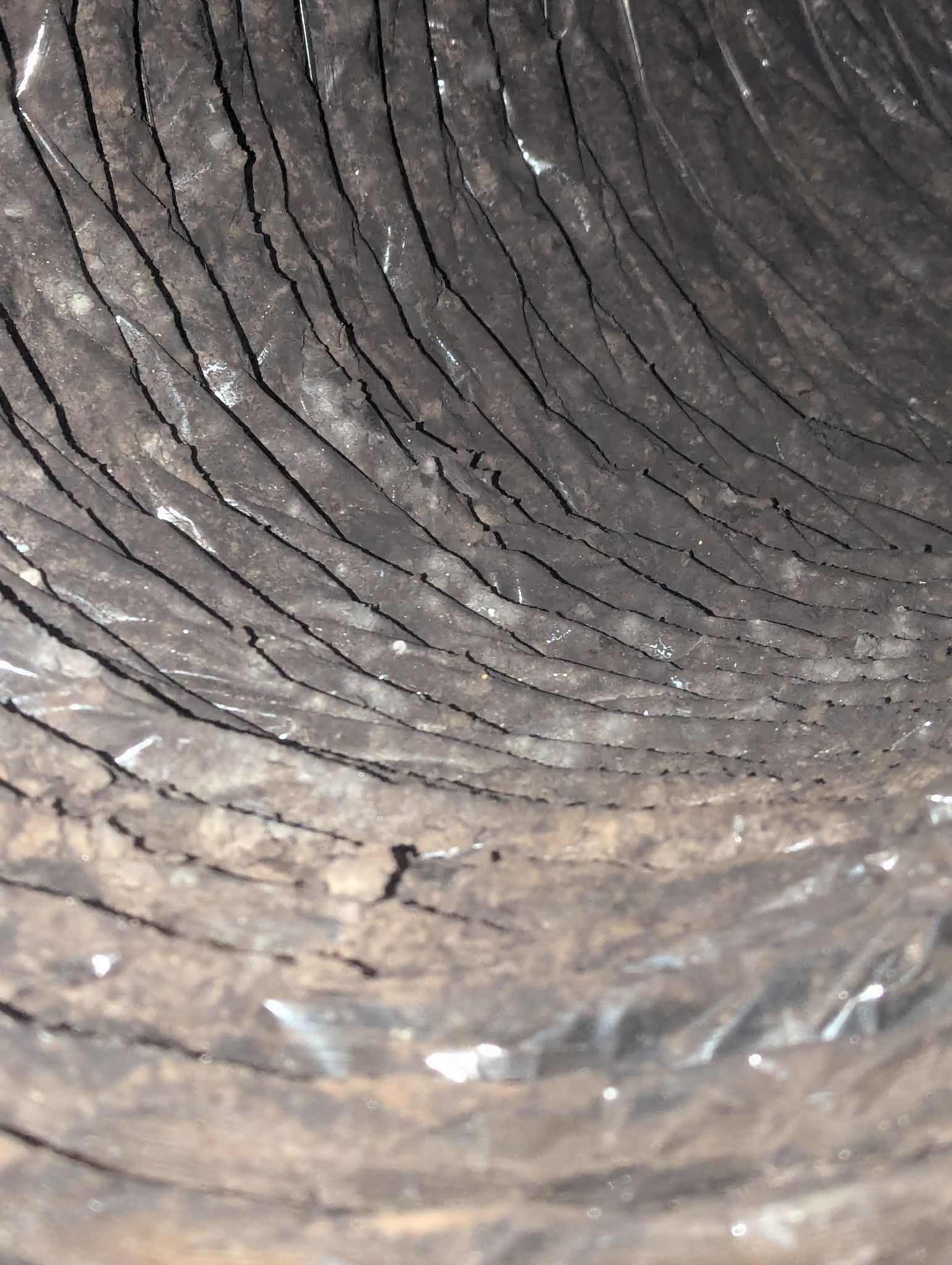Why Mold Allergies Flare Up in the Fall
Fall Mold Allergies: Why They Get Worse and How to Keep Your Home Safe

As summer fades and the air turns crisp, fall brings cozy nights, changing leaves, and—unfortunately for some—mold allergies. While mold exists year-round, it becomes especially active during the fall months when humidity, decaying leaves, and cooler weather combine to create the perfect storm for mold growth.
If your sneezing, congestion, or sinus headaches seem to kick in every October, mold could be the reason.
Why Mold Thrives in Fall Weather
Mold needs three things to grow: moisture, warmth, and a food source. Fall delivers all three in abundance.
- Fallen leaves trap moisture as they break down, allowing mold to spread across yards and gutters.
- Cool nights and mild days lead to condensation on windows, basements, and crawl space walls.
- Sealed-up homes keep warmth in but also trap humidity, creating ideal indoor conditions for mold spores to multiply.
All of this makes fall one of the most active mold seasons of the year.
Where Mold Hides This Season
Even if you don’t see it, mold might already be growing in places you rarely check:
- Yards and gutters: Damp leaf piles and clogged gutters release airborne spores.
- Basements and crawl spaces: Poor ventilation and cool surfaces allow condensation to build.
- Bathrooms and kitchens: High humidity from showers and cooking encourages mold growth.
- Windows and doors: Water droplets on glass and wood can lead to hidden mold colonies.
The Effects of Mold on Health and Home
Mold doesn’t just affect your comfort—it can impact both your health and the integrity of your home.
- Home damage: Over time, mold can weaken drywall, floors, and framing, leading to expensive repairs.
- Allergic reactions: Mold spores can cause congestion, itchy eyes, coughing, and wheezing, especially in people with asthma or sensitivities.
- Sinus problems: Long-term exposure can inflame sinus passages, leading to headaches and lingering pressure that feel like a never-ending cold.
If your symptoms seem to last well beyond typical allergy season, mold may be the reason.
Simple Ways to Reduce Mold Exposure
You can’t stop outdoor mold growth, but you can limit how much of it makes its way inside.
Indoors:
- Maintain humidity between 40% and 50% with a dehumidifier or smart thermostat.
- Clean damp areas like bathrooms and kitchens often.
- Use exhaust fans or open windows briefly to keep air circulating.
- Change clothes or wipe down pets after time outdoors.
Outdoors:
- Rake and remove leaves before they stay wet for too long.
- Wear a mask while cleaning gutters or handling yard waste.
- Shower after outdoor work to rinse away spores.
- Check mold counts before planning outdoor activities.
Long-Term Mold Prevention
If you’re constantly fighting moisture, prevention is the best long-term solution.
- Interior drainage systems and sump pumps can stop water from collecting in basements.
- Vapor barriers in crawl spaces keep ground moisture from seeping inside.
- Whole-home dehumidifiers maintain consistent indoor humidity through seasonal changes.
These steps not only protect your home from mold but also improve overall air quality and comfort.
How AirGuard Helps You Stay Ahead of Mold
Mold growth often starts quietly—long before you can see or smell it. AirGuard helps homeowners and renters stay a step ahead by continuously monitoring indoor air quality, humidity, and temperature changes that signal mold risk.
When humidity rises or air quality drops, AirGuard sends instant alerts, allowing you to take action before mold takes hold. Whether you’re managing a single home or multiple properties, AirGuard helps keep your indoor environment healthier, drier, and more comfortable—season after season.
Breathe Easier This Fall
Fall should be about fresh air and warm colors, not sinus pressure and stuffy rooms. With smart moisture management, regular cleaning, and tools like AirGuard, you can reduce mold exposure and enjoy autumn without the sneezing and congestion.
